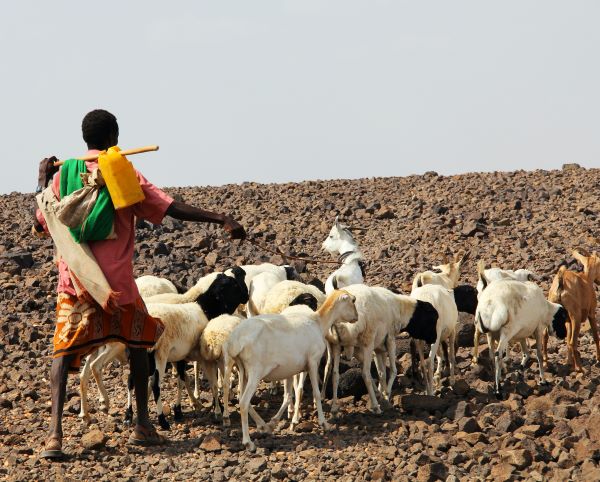The Rwanda Agriculture and Animal Resources Development Board (RAB) and the Rwanda Council of Veterinary Doctors are set to introduce veterinary ultrasound technology to enhance artificial insemination (AI) success rates in cattle.
This initiative, part of the Rwanda Innovation in Artificial Insemination (RwanNovIA) project, aims to address low AI conception rates, improve pregnancy monitoring, and enhance reproductive performance tracking in the country’s cattle industry.
Cattle farming is a key pillar of Rwanda’s economy, contributing 10.5% to the GDP. However, AI success rates have historically remained below 40%, posing a significant challenge for farmers. The introduction of ultrasound technology is expected to transform breeding practices by enabling veterinarians to detect pregnancies as early as 25 to 30 days post-insemination and identify reproductive health issues.
Enhancing reproductive monitoring
Solange Uwituze, Deputy Director General in charge of Animal Resources Development at RAB, highlighted the benefits of ultrasound technology, emphasizing its role in reducing long waiting periods for pregnancy confirmation.
“The ultrasound technology will not only detect pregnancy but also identify any abnormalities that can be treated early,” she stated. “It will also determine whether a cow will deliver a heifer or a bull, enabling better farm planning.”
The initial rollout will prioritize districts with large dairy cow populations and model dairy farms, ensuring that the technology has the maximum impact on productivity and profitability.
Successful pilot program shows promising results
A pilot program conducted in three districts demonstrated a significant increase in AI success rates, rising from 33% to 75%. In some areas, such as Nyagatare and Kayonza, the rates soared as high as 95%.
IMV Technologies and JS AFRICA are supplying the ultrasound equipment and technical expertise, with funding support from the French government. Veterinary technicians are currently undergoing training, ensuring proper implementation of the program.
Martin Clipet, the ultrasound technology deployment project manager, underscored the benefits of the initiative.
“Ultrasound helps farmers confirm pregnancy within 30 days of insemination and even determine the embryo’s sex, facilitating better herd management,” he explained. “Additionally, it can detect reproductive health issues like cysts, uterine infections, and other conditions that might affect fertility. It also helps pinpoint the optimal insemination period to maximize pregnancy chances.”
Veterinary doctors participating in the training must be part of the ‘Veterinary Sanitary Mandate’ scheme, which aims to enhance collaboration between private veterinarians and the government. Through this initiative, private veterinary companies will deploy practitioners at the sector level to improve service delivery.
Farmers welcome the innovation
Jean Niyitanga, a veterinary doctor in Rwamagana District, acknowledged the financial losses farmers have faced due to unsuccessful AI attempts and the declining trust in veterinary services.
“The introduction of ultrasound equipment will address these concerns,” he said.
Jacqueline Mutesi, a veterinary doctor in Kayonza District, emphasized the long waiting period farmers previously endured to confirm pregnancies.
“By then, the fetus might not even be viable. This technology will prevent such uncertainties,” she noted.
Farmers have also expressed optimism about the initiative.
“In 2023, I had to sell my cow for Rwf 300,000—far less than the Rwf 500,000 I paid for it—because it had been infertile for over a year. Any technology that can solve this problem is highly welcome,” said Athanael Rurihose, a farmer from Gicumbi District.
With the nationwide deployment of ultrasound technology, Rwanda is poised to revolutionize cattle reproduction management, boosting productivity and profitability for farmers across the country.









